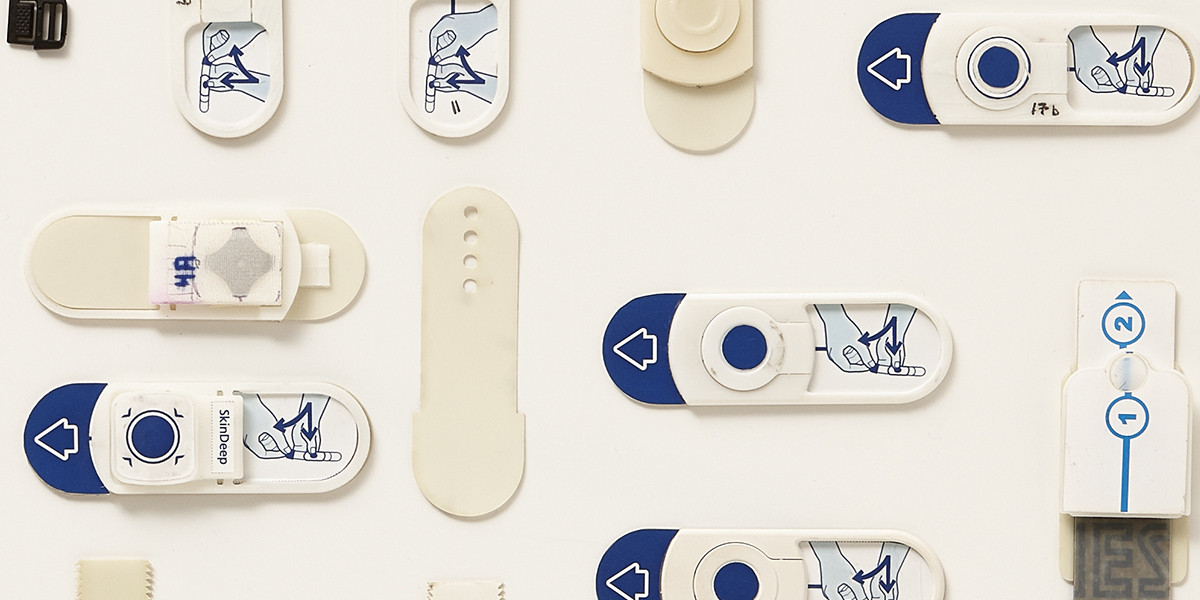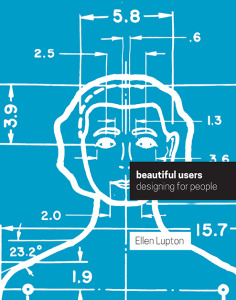Beautiful Users

About Beautiful Users
On view from December 12, 2014 to April 19, 2015
This exhibition looks at how design has become more and more user-focused over the past fifty years, and how this shift has affected the daily lives of people everywhere.
When designers are creating products or spaces or technologies, they ask how people—users—will eventually engage with their designs. Depending on the user’s unique traits (including their size, abilities, occupation, age, and culture, among other things), designers can adapt their creations to fit users’ needs and behavior.
This focus on the user is relatively recent in design history. Beginning in the early 20th century, designers and architects started to take into account people’s body measurements in order to create products that were more functional and establish a design standard. For example, during World War II, U.S. military engineers measured pilots’ bodies to improve the layout of airplane cockpits.
After the war, designer Henry Dreyfuss and his colleague Alvine R. Tilley created “Joe” and “Josephine” as models of the average American body. Later, Dreyfuss applied user-friendly design principles to consumer goods. As a result, his telephones for Bell Labs became the most widely used products of the 20th century.
Installed in our first-floor Design Process Galleries, Beautiful Users features nearly 120 objects from Cooper Hewitt’s collection and private lenders that illustrate the evolution of “user-centered design”—from the mid–20th-century work of Henry Dreyfuss (who coined the phrase “designing for people”) to the complex systems and services that today’s designers
are developing.
Some of the objects on view include:
• Examples of the Human-scale measurement system, which aids in design for children, the elderly, the differently abled, and people of diverse height
• Objects designed for comfort and function, ranging from Dreyfuss’s Princess telephone to Amos Winter’s Leveraged Freedom wheelchair
• Diller Scofidio + Renfro’s Roomba Cam, which repurposes the household gadget for surveillance purposes
Beautiful Users is dedicated to the memory of Bill Moggridge, a pioneer of human-centered design who designed the first laptop computer (the GriD Compass, included in the exhibition), and who was the director of Cooper Hewitt from 2010 to 2012.
Catalogue

A beautiful 144-page paperback, available now. Published by Princeton Architectural Press. List price $21.95.
Highlights
Explore all the objects in the exhibition through our online collection interface.
Sponsors
Beautiful Users is made possible by major support from

Generous support is also provided by Dorit and Avi Reichental.
Additional funding is provided by the August Heckscher Exhibition Fund, the Ehrenkranz Fund, the Bill Moggridge Memorial Fund, The Richard H. Driehaus Foundation, Deborah Buck, May and Samuel Rudin Family Foundation, Inc., and IDEO.